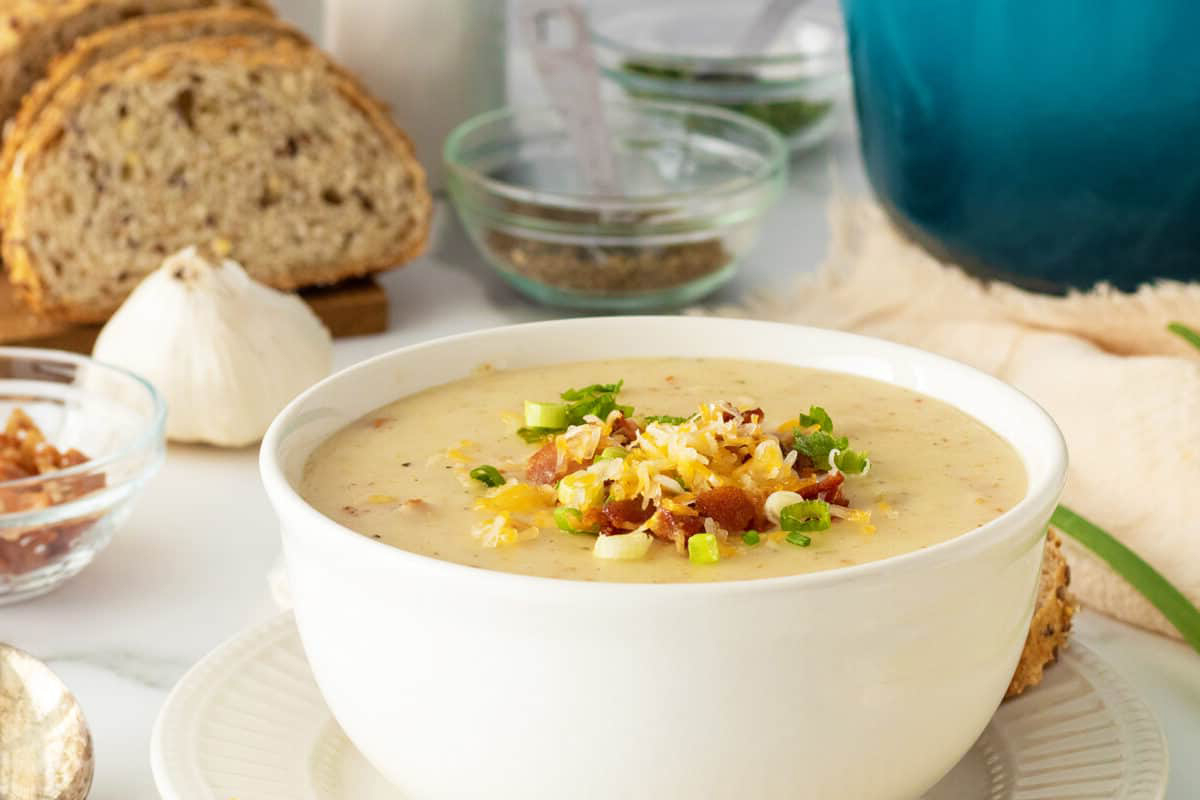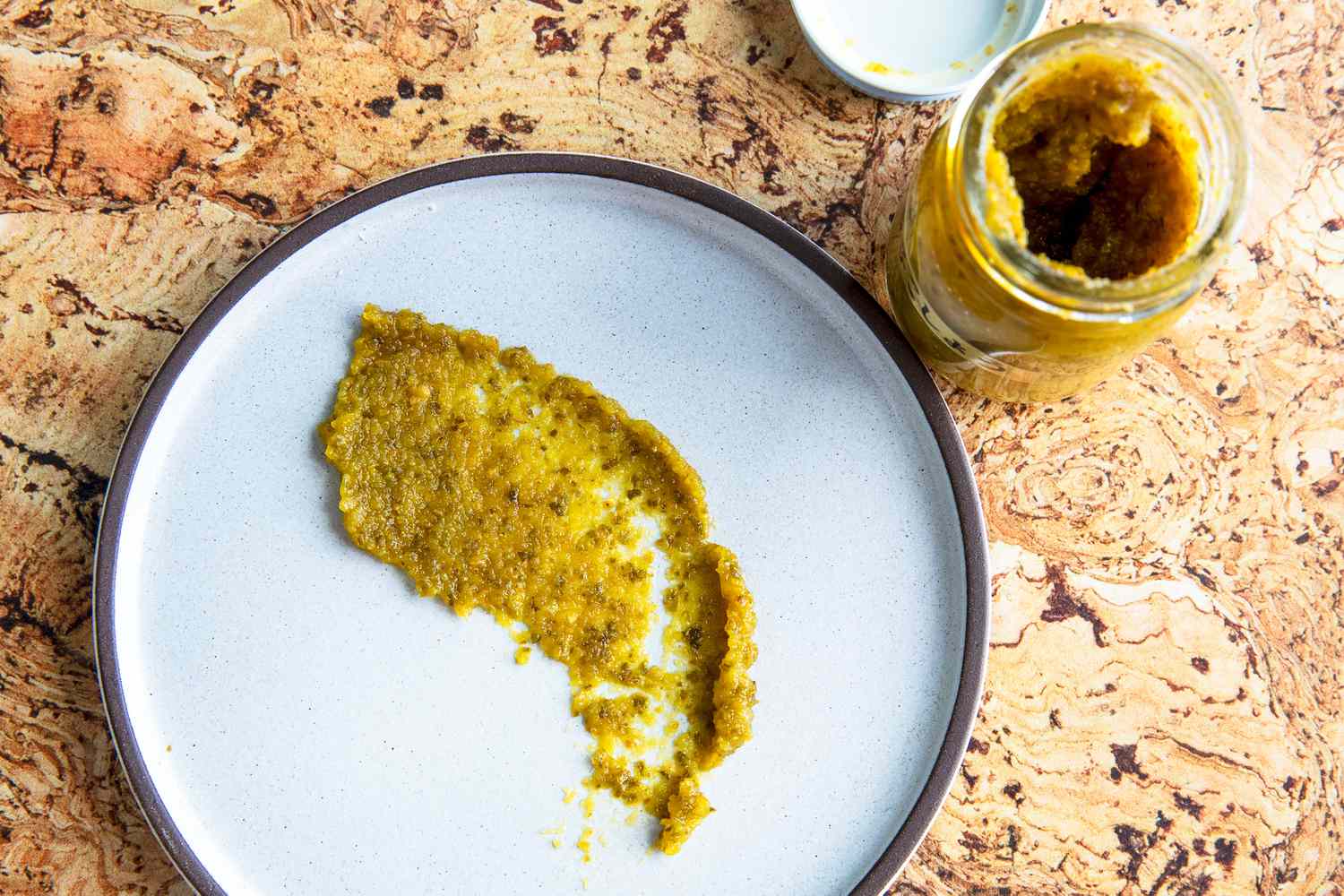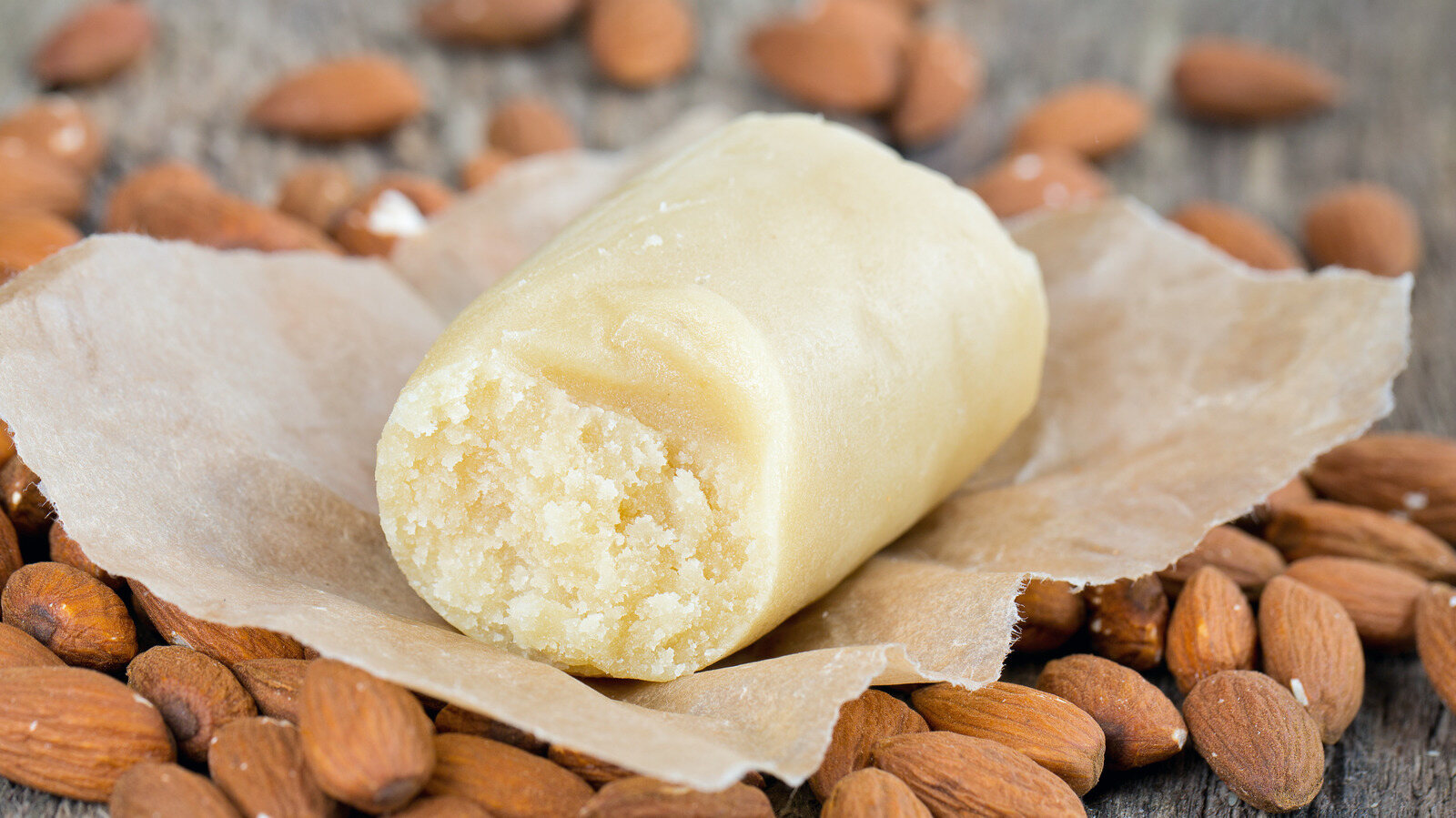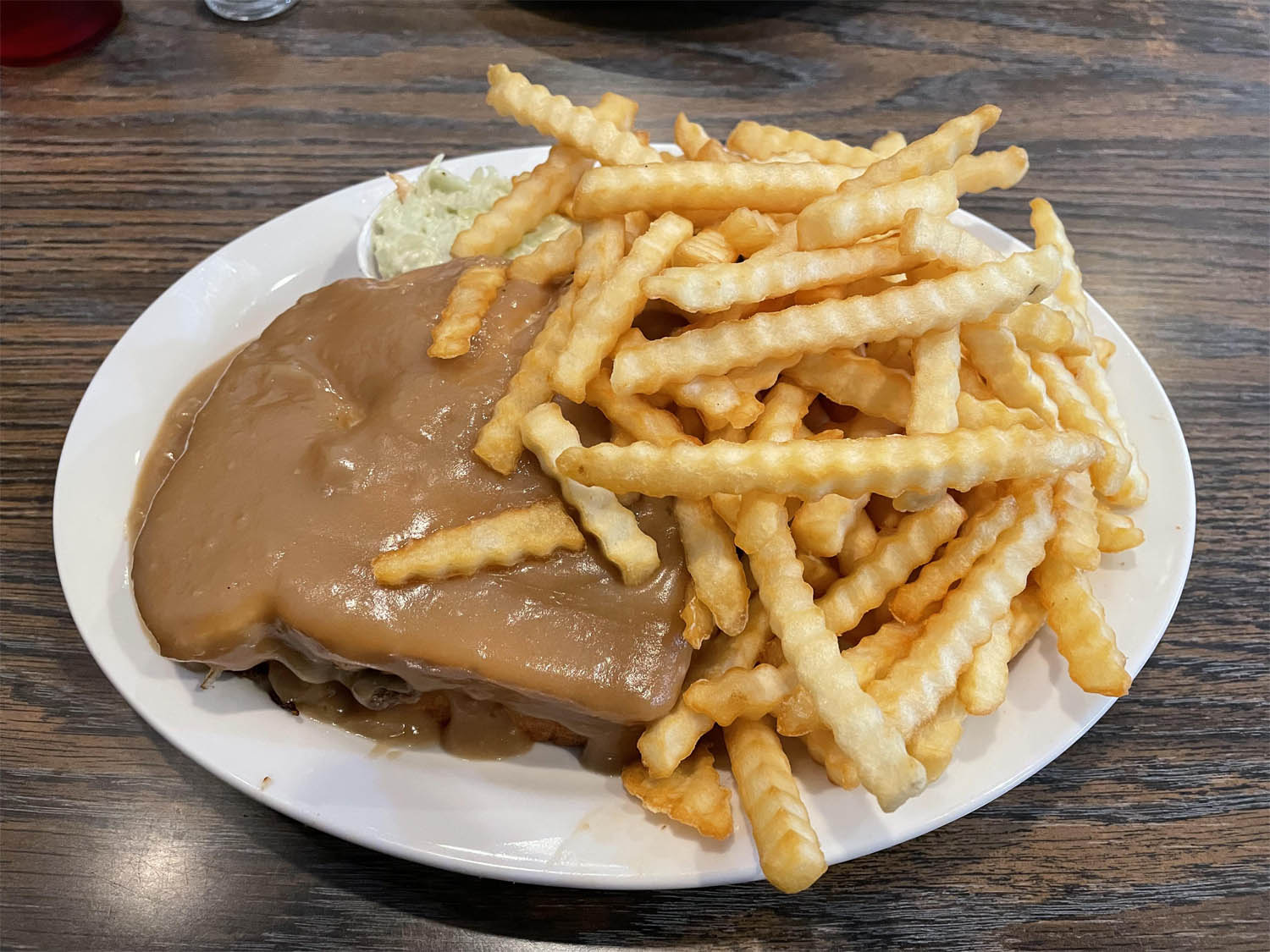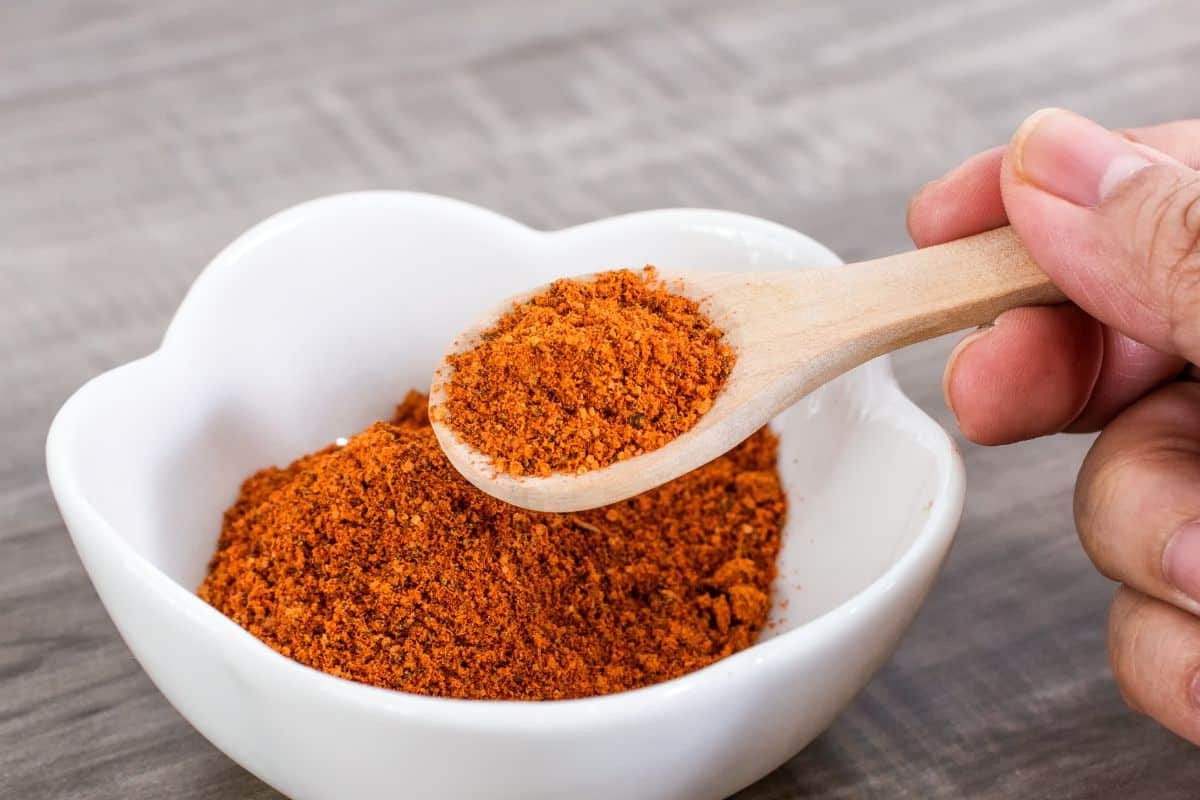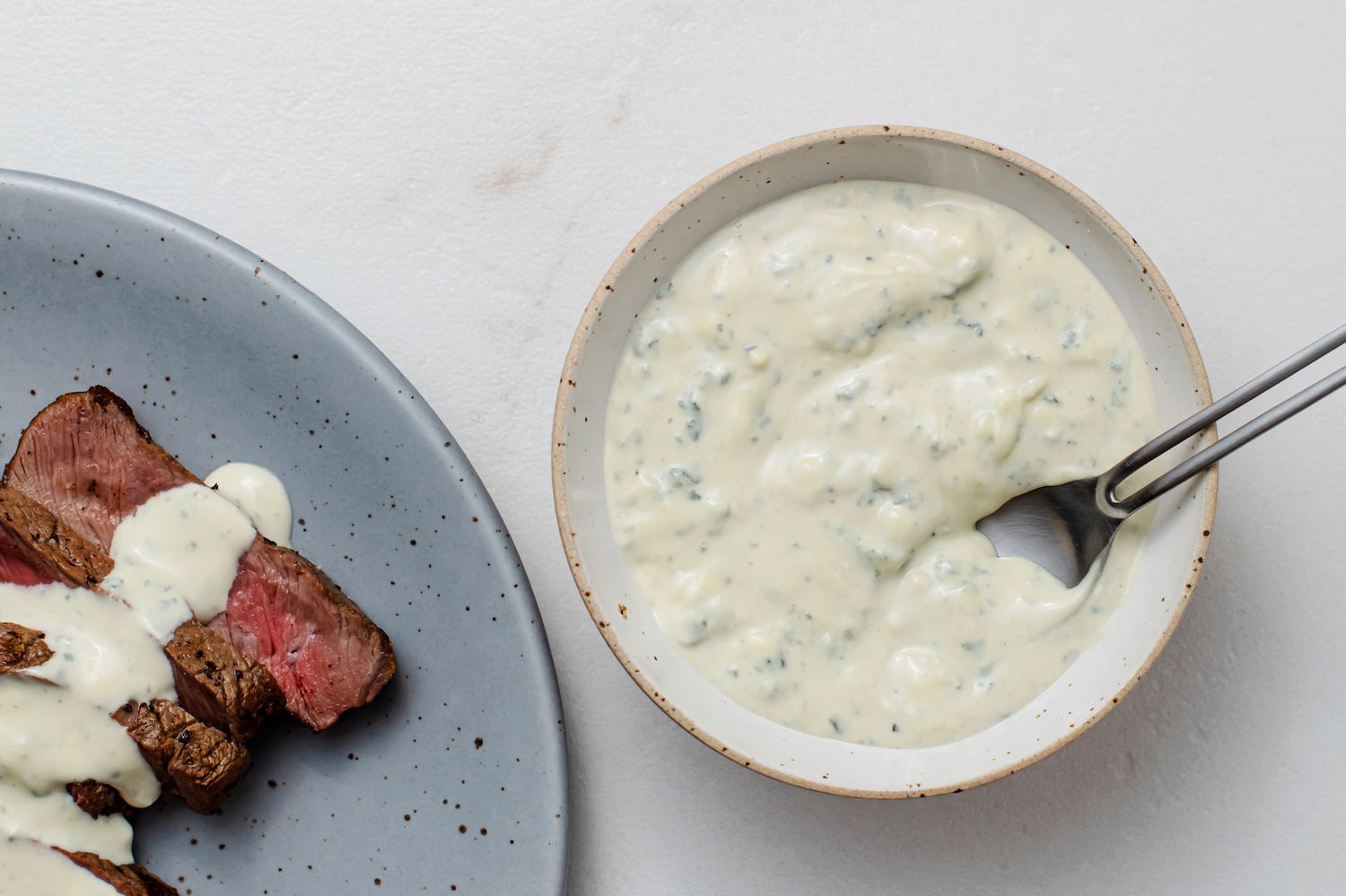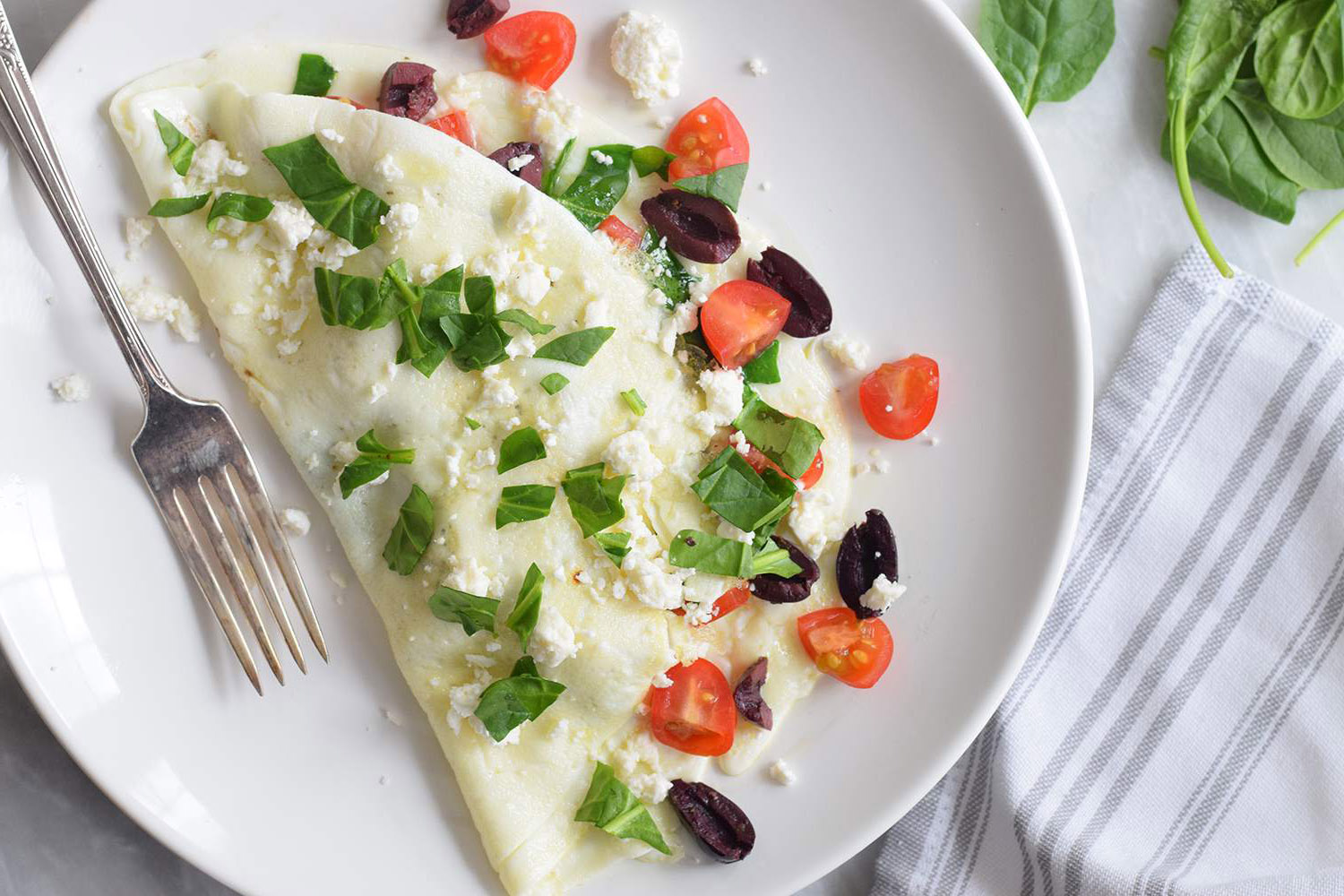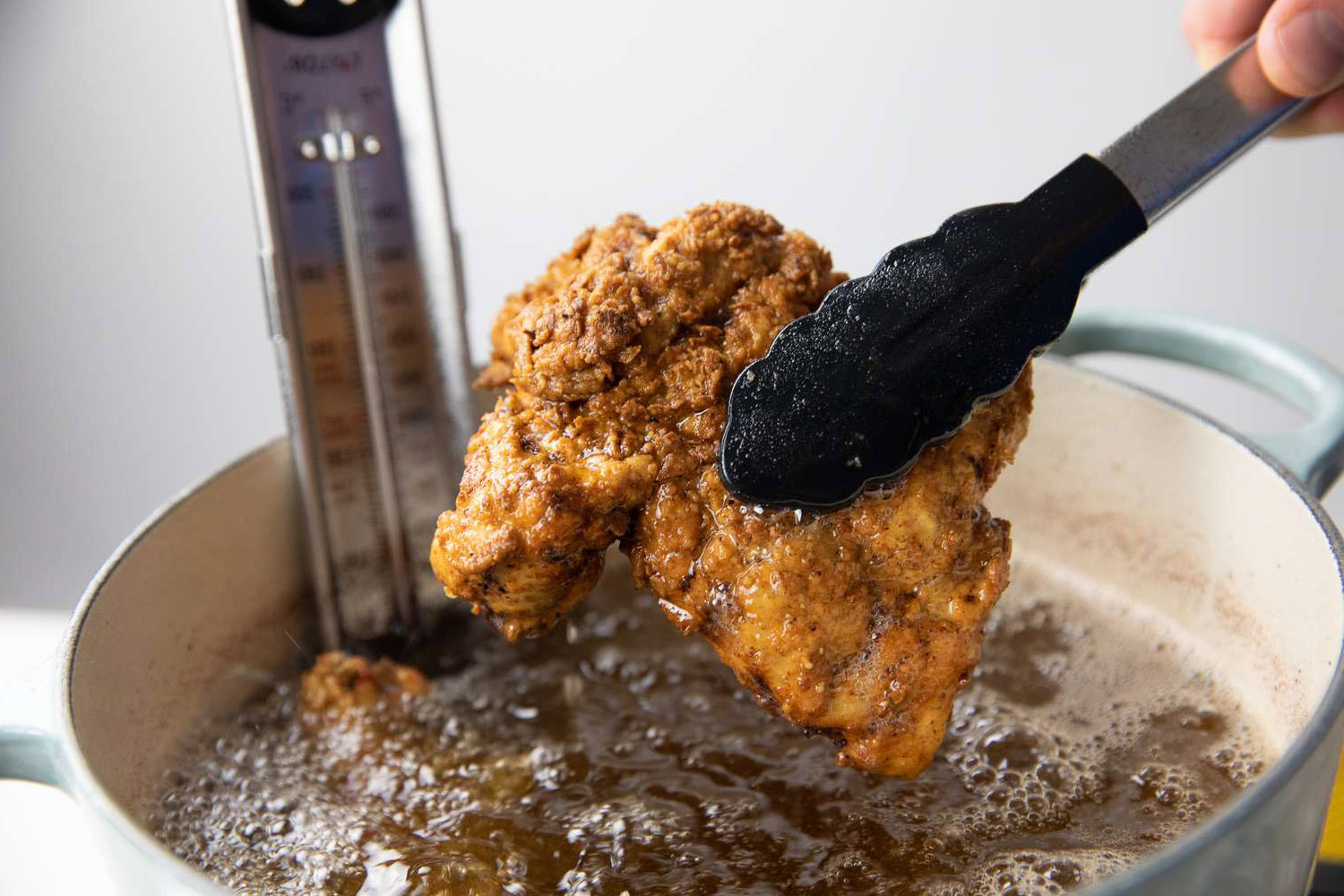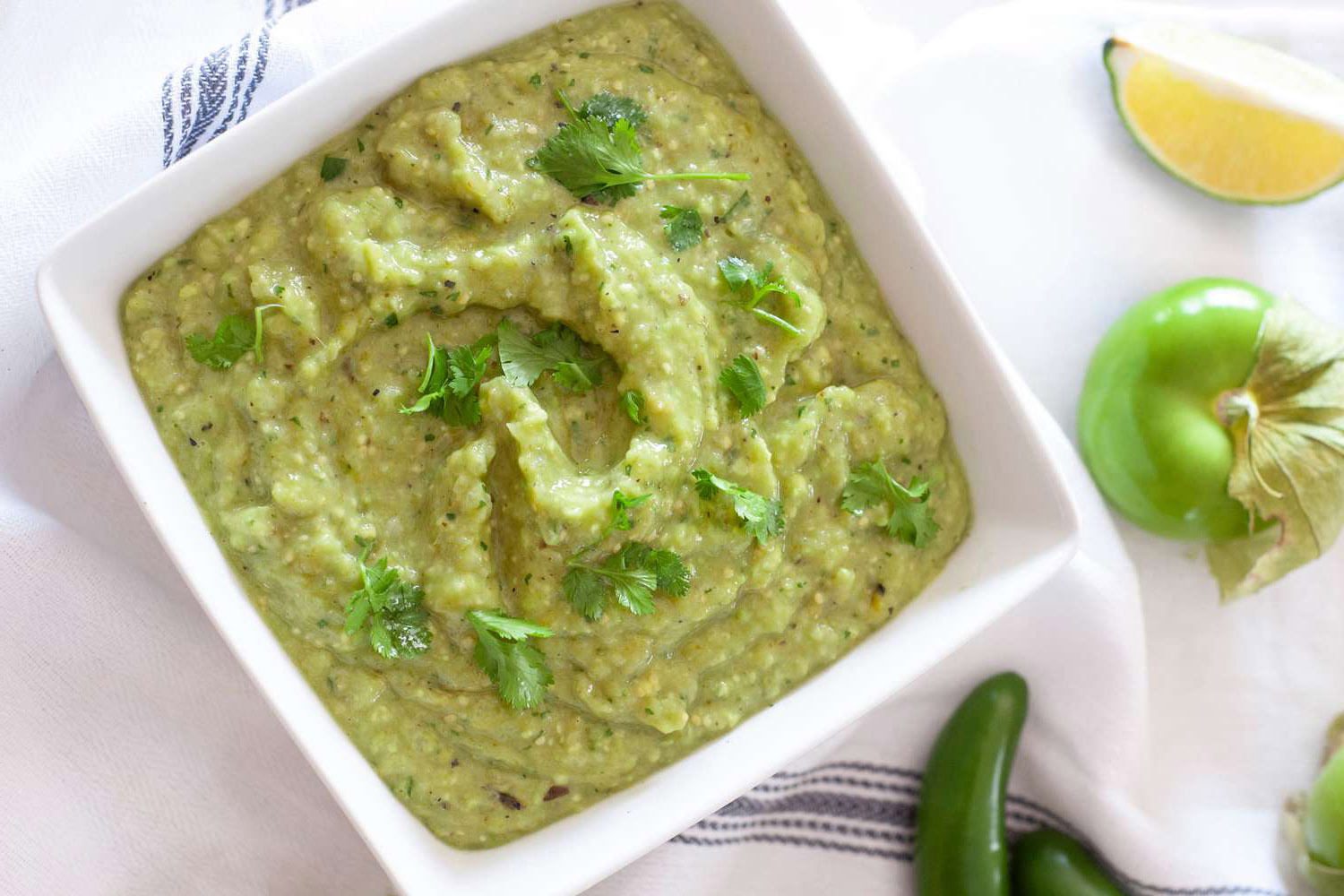Unlocking the Mystery of Saffron
Have you ever wondered what makes saffron one of the most sought-after and expensive spices in the world? Let’s delve into the fascinating world of saffron and uncover its secrets.
What is Saffron?
Saffron is a spice derived from the flower of Crocus sativus, commonly known as the saffron crocus. Each flower produces three crimson stigmas, which are carefully handpicked, dried, and used for culinary and medicinal purposes. Known for its vibrant color, distinct flavor, and aromatic qualities, saffron has been prized for centuries in various cultures around the globe.
The History of Saffron
Saffron has a rich history that dates back thousands of years. It has been used in traditional medicine, culinary practices, and religious ceremonies in regions such as Persia, India, and the Mediterranean. The ancient Greeks and Romans valued saffron for its medicinal properties, while it also played a significant role in the spice trade along the historic Silk Road.
Characteristics of Saffron
Saffron is known for its distinct characteristics, which contribute to its allure and value:
- Color: Saffron imparts a rich golden-yellow hue to dishes and textiles.
- Flavor: It has a unique, slightly sweet taste with hints of floral and earthy notes.
- Aroma: Saffron emits a fragrant and captivating scent, adding depth to culinary creations.
Culinary Uses
Saffron is a versatile spice that is used in a wide range of dishes, from savory to sweet. It is a key ingredient in paella, risotto, and various Middle Eastern and Indian dishes. Additionally, saffron-infused desserts and beverages, such as ice cream and tea, showcase its aromatic and flavorful profile.
Medicinal Benefits
Aside from its culinary applications, saffron has been revered for its potential health benefits. It is believed to possess antioxidant properties and may have positive effects on mood and mental well-being. In traditional medicine, saffron has been used to alleviate symptoms of various ailments and promote overall wellness.
Sustainability and Authenticity
Due to its labor-intensive harvesting process and the need for a large volume of flowers to yield a small amount of saffron, the spice is considered one of the most expensive in the world. However, this has also led to challenges such as counterfeit products and unsustainable practices. It is essential to source saffron from reputable producers to ensure authenticity and support sustainable cultivation methods.
Conclusion
Saffron continues to captivate and inspire with its rich history, vibrant characteristics, and diverse applications. Whether used to elevate a culinary creation or explore its potential health benefits, saffron remains a prized and cherished spice that has stood the test of time.
Next time you encounter the alluring aroma and golden hue of saffron, take a moment to appreciate the ancient legacy and enduring allure of this remarkable spice.
Was this page helpful?
Read Next: What Is Superhero Ice Cream?

